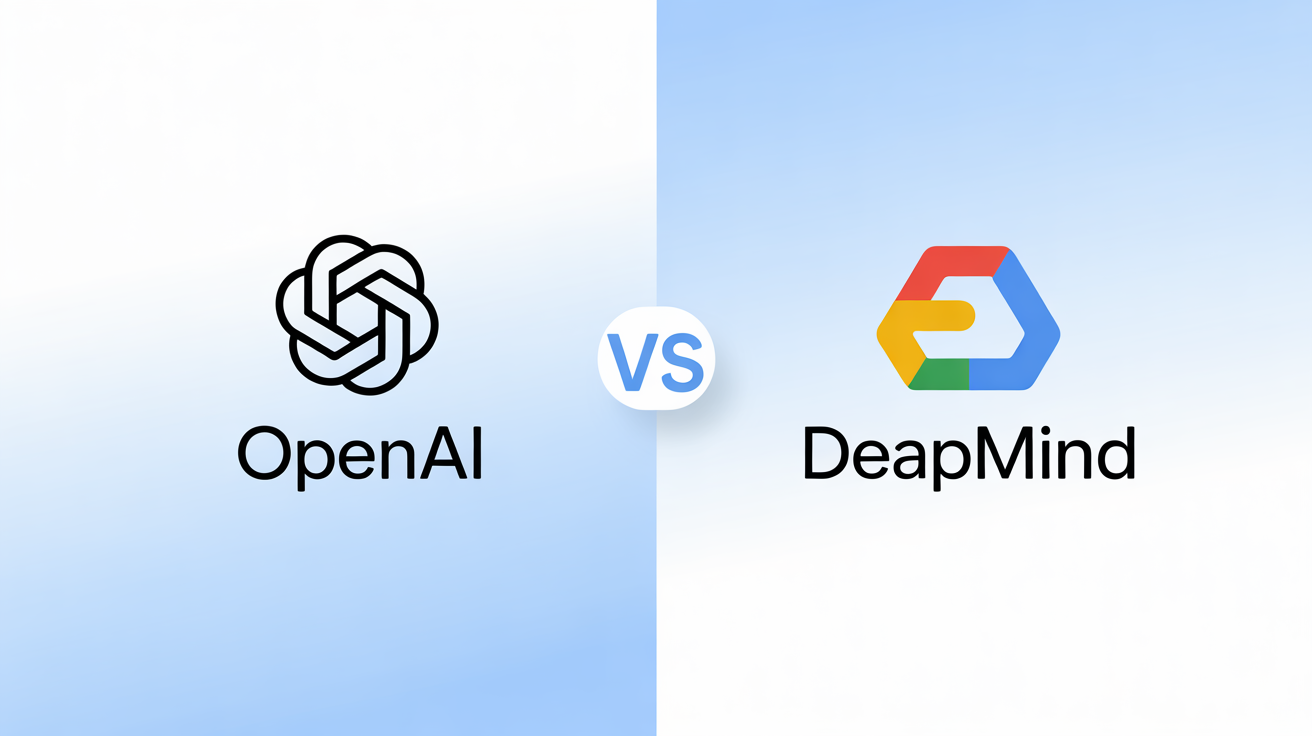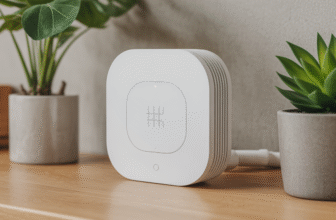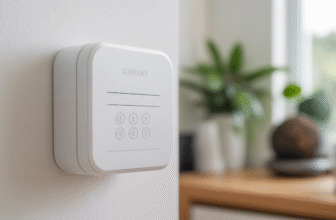
IoT Water Leak Detector Systems for Apartments: An Engineer’s Deep Dive
As urban living continues to densify, teh risk and potential damage from water leaks in apartment complexes are more critical than ever.The advent of IoT water leak detector systems is revolutionizing how residents, building managers, and service providers detect, respond to, and mitigate water damage. In this article, designed for developers, engineers, researchers, startup founders, and investors, we break down the technology, architecture, implementation challenges, and emerging trends of IoT-based water leak detection specifically tailored for apartment environments.
The adaptive model is the backbone of modern IoT water leak detection – a true game-changer!
Understanding the Specific Needs of Apartments for Water Leak Detection
Unique Plumbing and Environmental Constraints in Apartment Buildings
apartment complexes impose unique challenges for water leak detection. Unlike single-family homes, water supply and drainage infrastructure is centralized and shared vertically and horizontally among multiple units. Water damage in one apartment may quickly propagate across floors and units via common walls, ceilings, or interconnected pipe networks.
Installations must, therefore, accommodate complex pipe layouts, frequent retrofitting constraints, and variable environmental conditions – including humidity, temperature, and floor vibrations. Moreover, multi-tenant privacy requirements and building code compliance shape sensor placement and data access protocols.
key Detection Objectives: Early Leakage Identification and Localization
The primary goal for apartment-specific IoT systems is rapid, precise detection and localization of leaks before they escalate into floods or structural damage. Systems must discern minor drips from major leaks and report actionable alerts to both residents and building maintenance.This places a premium on sensor accuracy, real-time data processing, and smart event correlation.
Core Technologies Enabling IoT Water Leak Detection in Apartment complexes
Sensor Modalities: From Conductivity to Acoustic Sensing
Modern IoT water leak detection systems deploy a variety of sensor types to capture leakage signals:
- Conductivity sensors: Detect presence of water by measuring conductivity on surfaces or floors; ideal for baseline wetness detection near vulnerable points.
- Capacitive humidity sensors: Monitor ambient relative humidity changes to suggest leaks inside walls or ceilings.
- Acoustic sensors: Analyse pipe sounds to detect unusual flow indicative of leaks.
- Pressure sensors: Monitor water line pressure drops corresponding to flow leaks.
- Thermal sensors: Detect temperature anomalies caused by escaping water or damp surfaces.
Integration of multiple sensing modalities can enhance detection fidelity and reduce false positives in complex apartment infrastructures.
Connectivity Protocols and Network Infrastructure
Reliable and low-power wireless communication is essential for widespread IoT sensor deployment across apartment units and common areas. Popular protocols include:
- Wi-fi: Common in managed buildings; offers high bandwidth but with higher power demands and range limitations.
- Bluetooth Low Energy (BLE): Used for short-range, low-power communication with centralized hubs.
- Zigbee and Z-Wave: Mesh networks suitable for apartment scale with good battery efficiency and reliability.
- LoRaWAN: Suitable for broad campus-wide coverage including basements and utility rooms.
the choice depends on building size, sensor density, power availability, and integration with existing building automation systems.
Architectural Blueprint of IoT Water Leak Detector Systems for Apartments
Modular System Components and Their Roles
An IoT water leak detection system architecture typically consists of:
- Edge Sensors: Installed at risk points (under sinks, near water heaters, behind walls) to gather raw detection data.
- Local Gateways: Aggregate sensor data, provide initial filtering, encryption, and relay to cloud or on-premises servers.
- Cloud Platforms: Host data analytics, alarm correlation engines, user dashboards, and APIs.
- Mobile/Web Applications: Deliver real-time alerts and historical analytics for residents and facility managers.
Distributed intelligence at the edge versus centralized cloud processing is an ongoing design choice influenced by latency,privacy,and reliability requirements.
Data Flow and Event Processing logic
Water leak detectors generate continuous or event-triggered data streams that require robust, low-latency processing pipelines:
- Signal Preprocessing: Noise filtering, sensor calibration, anomaly extraction.
- Event Correlation: Cross-sensor data fusion for leak confirmation to minimize false alarms.
- Alert Thresholding and Escalation: Dynamic threshold adjustment based on environmental context and historical patterns.
- Automated actuation: Integrating shutoff valves or pump controls in response to severe leaks.
Developing Reliable IoT Firmware and Sensor Software
Sensor Calibration and Self-diagnostics
Firmware must support on-the-fly calibration due to diverse installation conditions in apartments, with periodic self-diagnostics to ensure sensor health and data integrity:
- Adaptive baseline readings for humidity and conductivity sensors.
- Auto-tuning noise filters for acoustic sensors in noisy urban building contexts.
- Battery health monitoring and power optimization routines.
Real-Time Data Handling and Low-power Operation Strategies
Firmware advancement optimizes power consumption via:
- Event-based wake-up modes versus continuous scanning.
- Local edge inference to minimize connectivity use.
- Use of hardware accelerators on MCU platforms for DSP tasks.
Cloud Analytics and AI Algorithms for Leak Detection
Leveraging Machine Learning to Distinguish Leak Events
Raw sensor data is prone to noise and environmental variations. Advanced ML models-including supervised anomaly detection, temporal pattern recognition, and sensor fusion models-significantly improve identification accuracy:
- Models trained on diverse apartment water usage profiles to reduce false positives.
- Transfer learning approaches for applying lessons learned from one building context to another.
Predictive Maintenance and Leak Risk Assessment
Beyond detection,analytics platforms predict plumbing system failure risks by analyzing water pressure trends,pipe age,and historical leak events; enabling preemptive repairs and resource allocation.
Security and Privacy Considerations in Multi-Tenant Apartment Settings
Data Confidentiality and Multi-Stakeholder Access Control
IoT water leak detection data in apartments possibly exposes tenant activities and building vulnerabilities.Systems must implement strict access controls, anonymize sensitive data, and comply with data protection regulations like GDPR or CCPA.
End-to-End Encryption and Secure Firmware Updates
Robust cryptographic protocols protect sensor-to-gateway and gateway-to-cloud communications. Secure OTA (Over-The-Air) updates are mandatory to patch vulnerabilities and maintain system integrity over time.
Selecting and integrating Systems for Retrofitting Existing Apartments
Non-Intrusive sensor Placement Strategies
Retrofit solutions focus on ease of installation with minimal building disruption. Wireless battery-powered sensors that can be affixed in proximity to pipes,water heaters,or under sinks have gained popularity.
Interoperability with Building Management Systems (BMS)
Integration through widely adopted APIs, MQTT, or BACnet protocols allows alarms and sensor data to feed into broader building automation platforms, streamlining response workflows and maintenance operations.
case Studies: Effective IoT Water Leak Detection Deployment in Apartments
Startup Innovation: Analyzing an Early Adopter project in NYC
A recent deployment in a 120-unit NYC apartment complex demonstrated a 75% reduction in damage claims within a year of installation. The system combined acoustic sensors with AI cloud analytics, integrated via Zigbee mesh network, and enabled granular alerts sent to tenants and building managers.
Enterprise Solutions: Large-Scale Integration Challenges
Multi-building campus deployments require addressing scalability of sensor management, alert fatigue mitigation, and tailoring ML models to diverse hydraulic profiles – lessons vital for IoT infrastructure growth in metropolitan areas.
Market Landscape and Investment outlook for IoT Water Leak Detection
Growth Drivers and Industry Projections
according to Gartner’s 2023 IoT report, smart home and apartment-focused leak detection are expected to be one of the fastest growing IoT verticals, driven by rising insurance incentives, regulatory pressure, and environmental concerns.
Key Players and Innovators to Watch
startups such as Phyn and Flo by Moen specialize in AI-driven water monitoring with patented acoustic sensing, while companies like Honeywell and Schneider Electric leverage legacy building automation footholds to expand into multi-tenant leak detection suites.
Challenges and Future Innovations in Apartment IoT Leak Detection
false positives and Context-Aware Alerting
Reducing nuisance alarms is crucial to user acceptance. Future systems may employ occupant activity recognition and seasonal pattern adjustment to raise precision further.
Hybrid Edge-Cloud Architectures
Emerging designs distribute ML inference partially to edge gateways, enabling resilient operation despite internet outages – critical in emergency scenarios.
Best Practices for Developers and Engineers Building IoT Water Leak Detection Systems
Checklist for Robust Sensor Network Deployment
- Prioritize multi-sensor fusion to cut down false alarms.
- Design for modular upgrades and protocol flexibility.
- Incorporate thorough testing environments simulating apartment plumbing quirks.
- Maintain transparent privacy policies aligned with regional data laws.
API and Integration Notes
Effective systems expose well-documented RESTful APIs and MQTT endpoints with scalable authentication schemes. Support for open standards like oneM2M facilitates broader smart building interoperability.
The Road Ahead: Innovating for Smarter, Safer Apartment Living
IoT water leak detector systems tailored for apartment environments represent a blend of cutting-edge sensor technology, edge-cloud synergy, and AI-driven analytics. As urban populations climb and building complexities grow, these systems will be indispensable tools for minimizing costly water damage and enhancing tenant safety.
Developers and system architects are encouraged to embrace modular,secure,and interoperable designs,with a focus on contextual intelligence and user privacy. The adaptive model is the backbone of modern IoT water leak detection – a true game-changer! As innovation accelerates, expect more seamless, proactive damage prevention embedded directly into apartment infrastructure.






